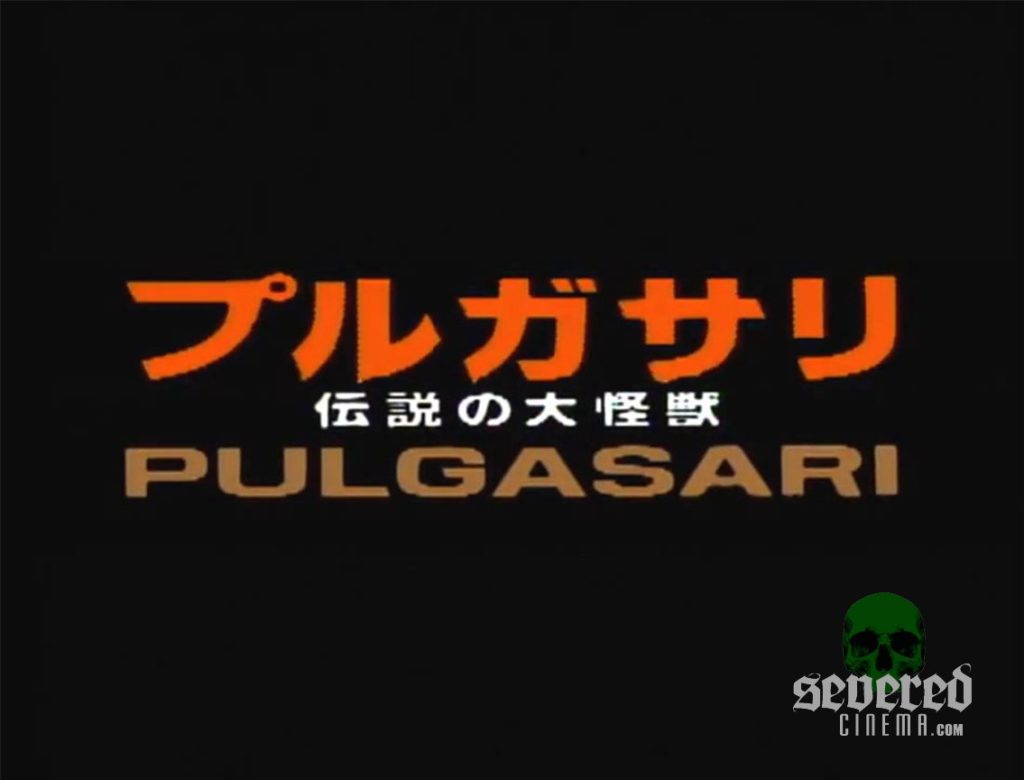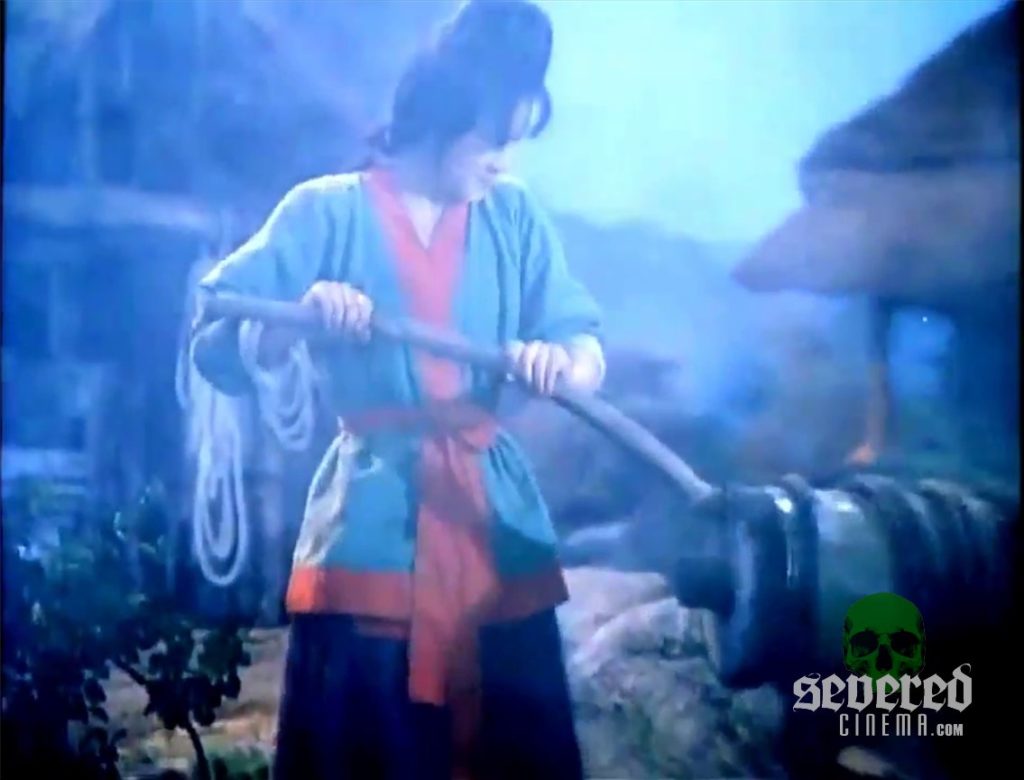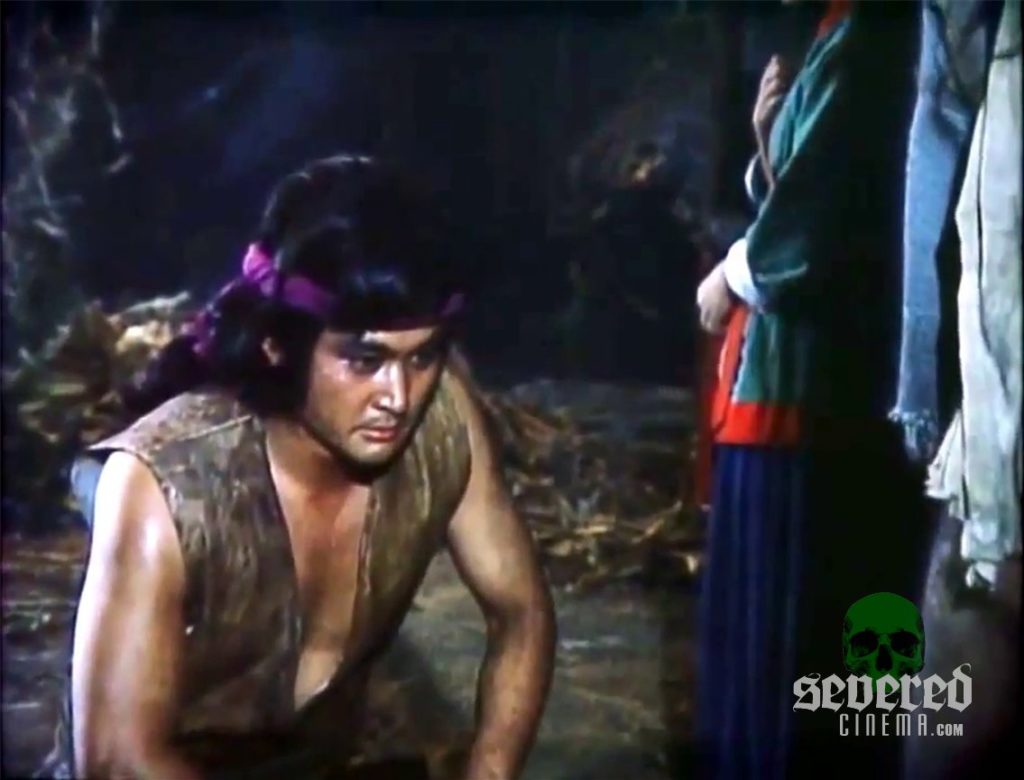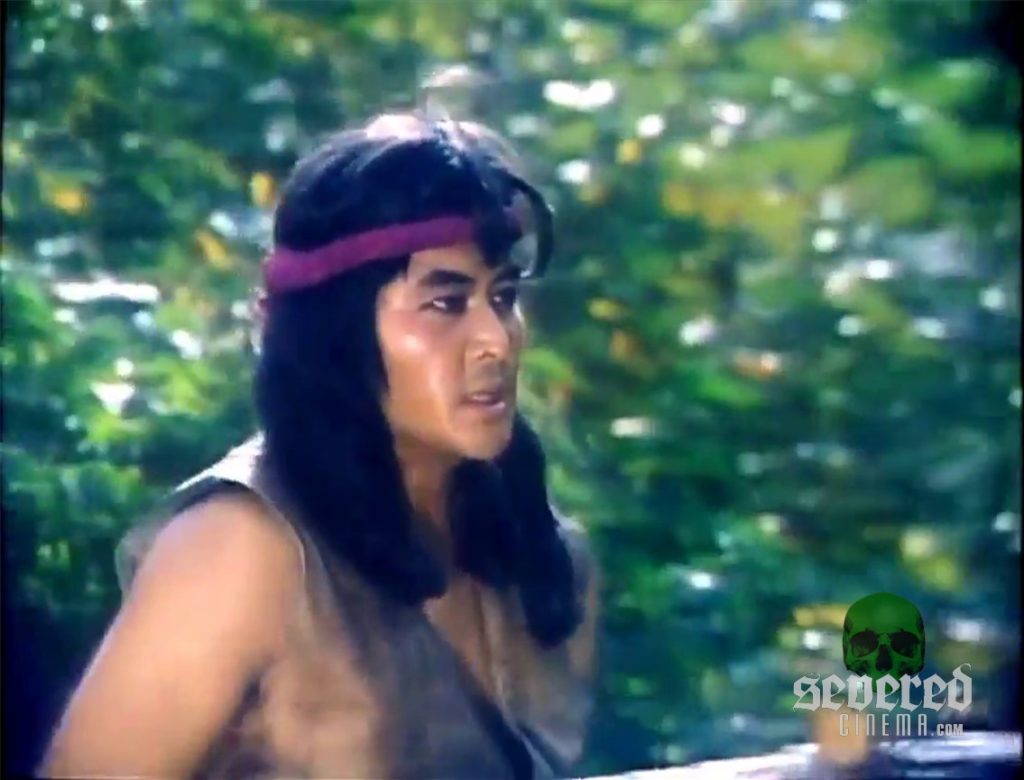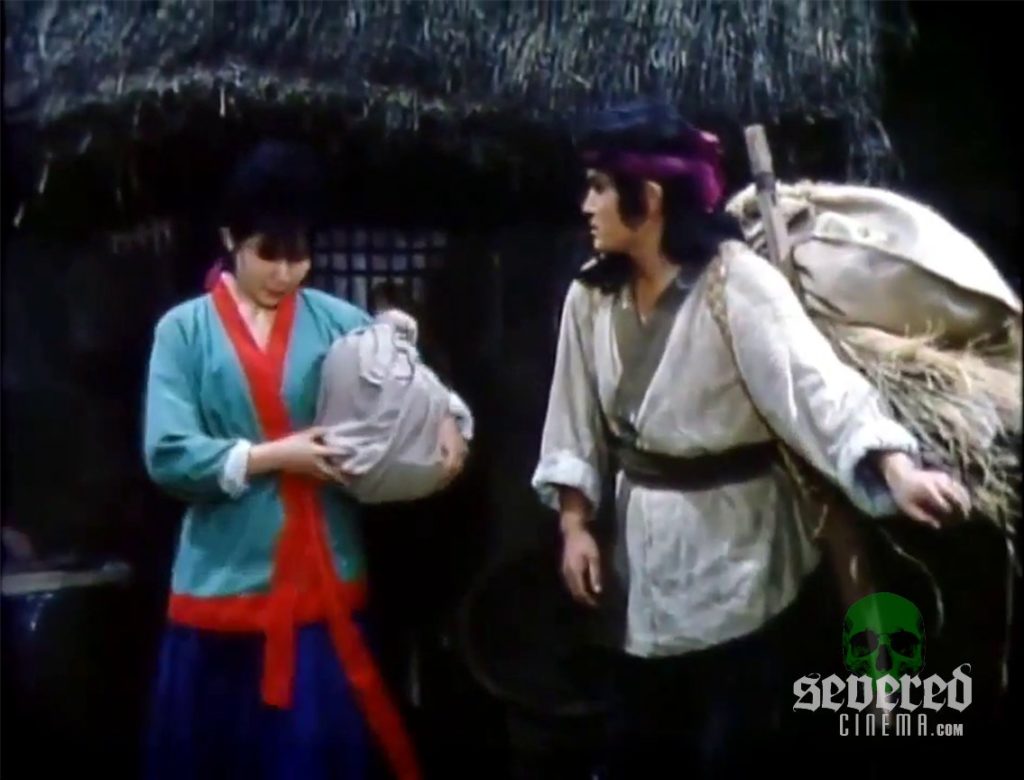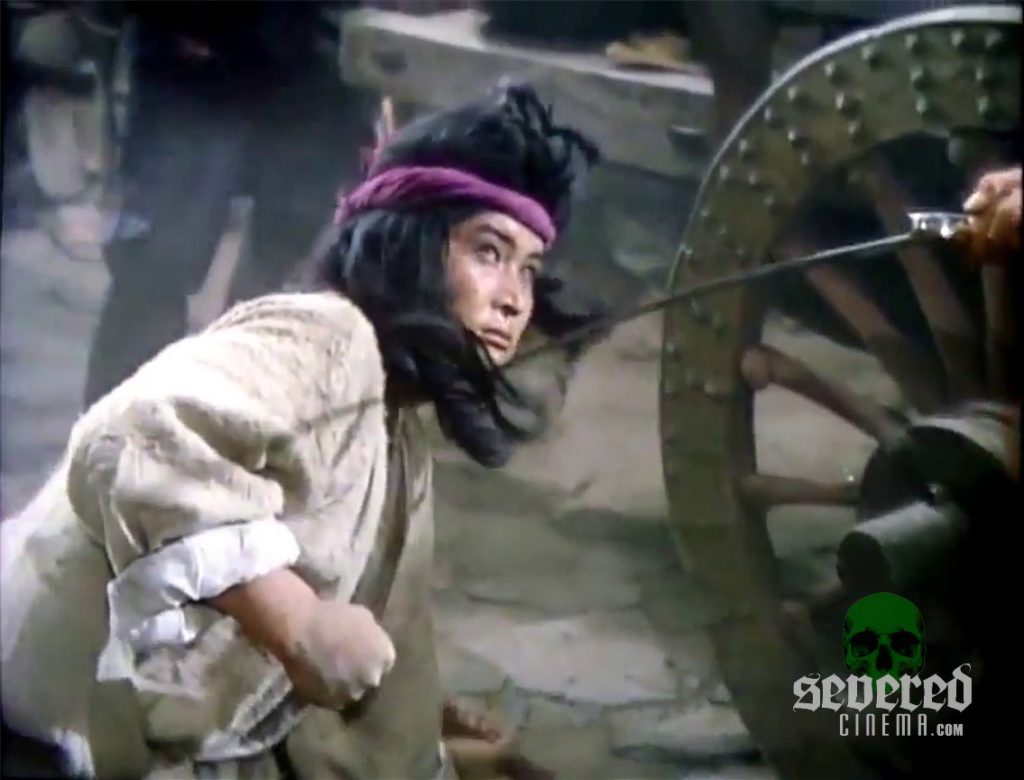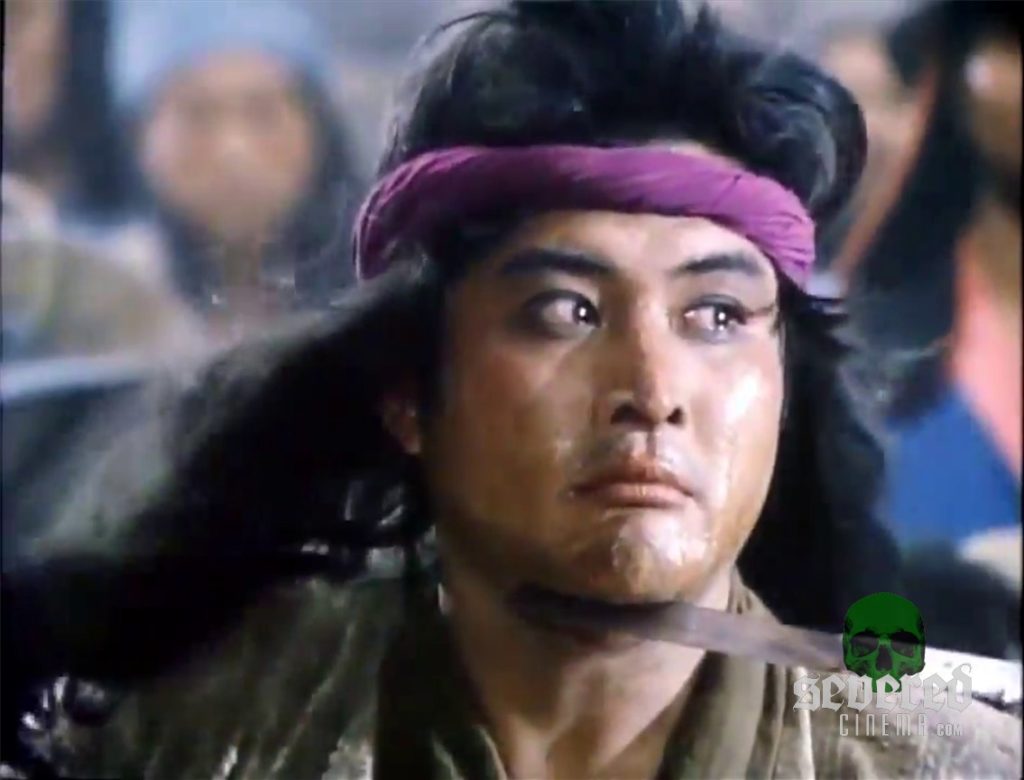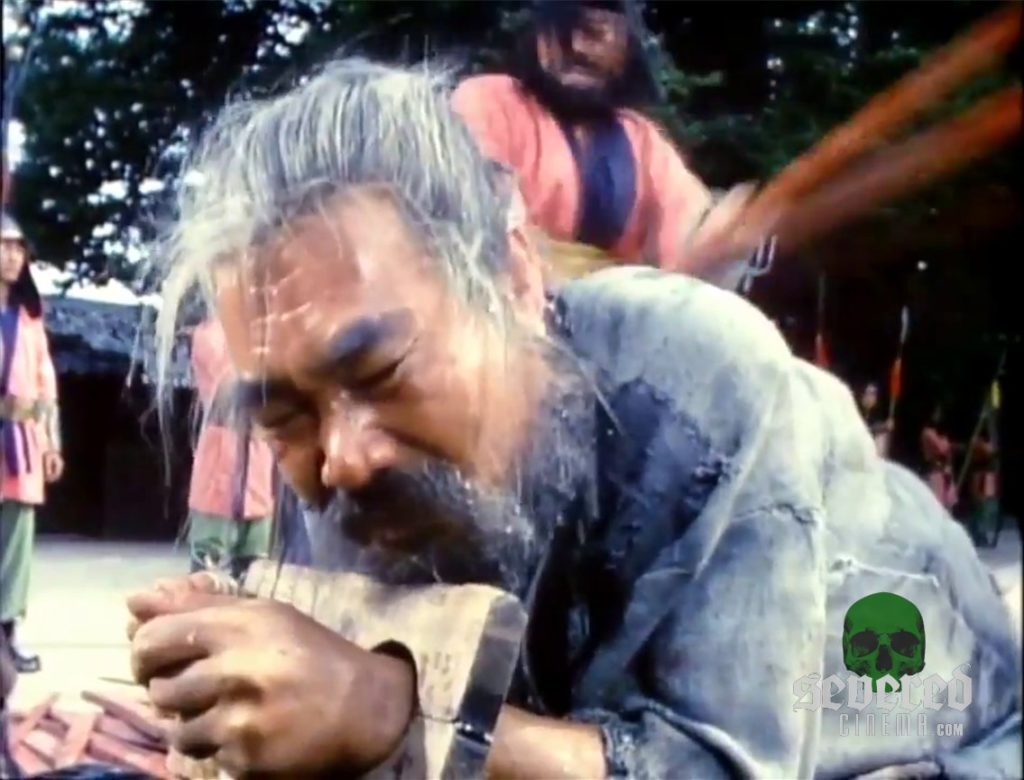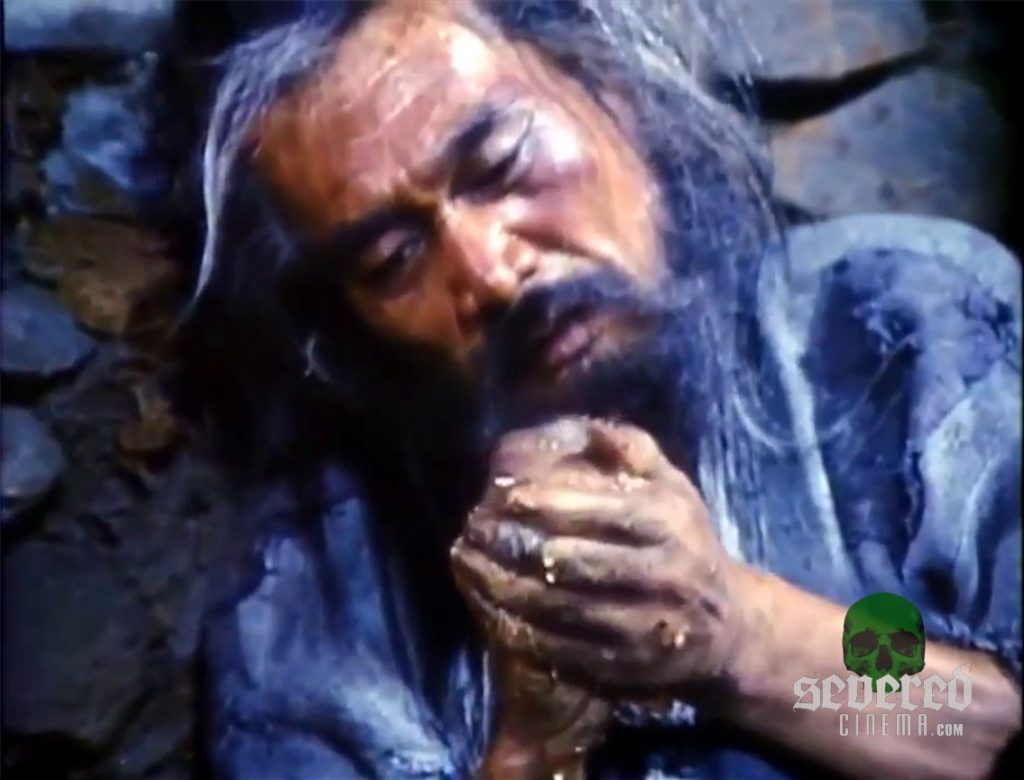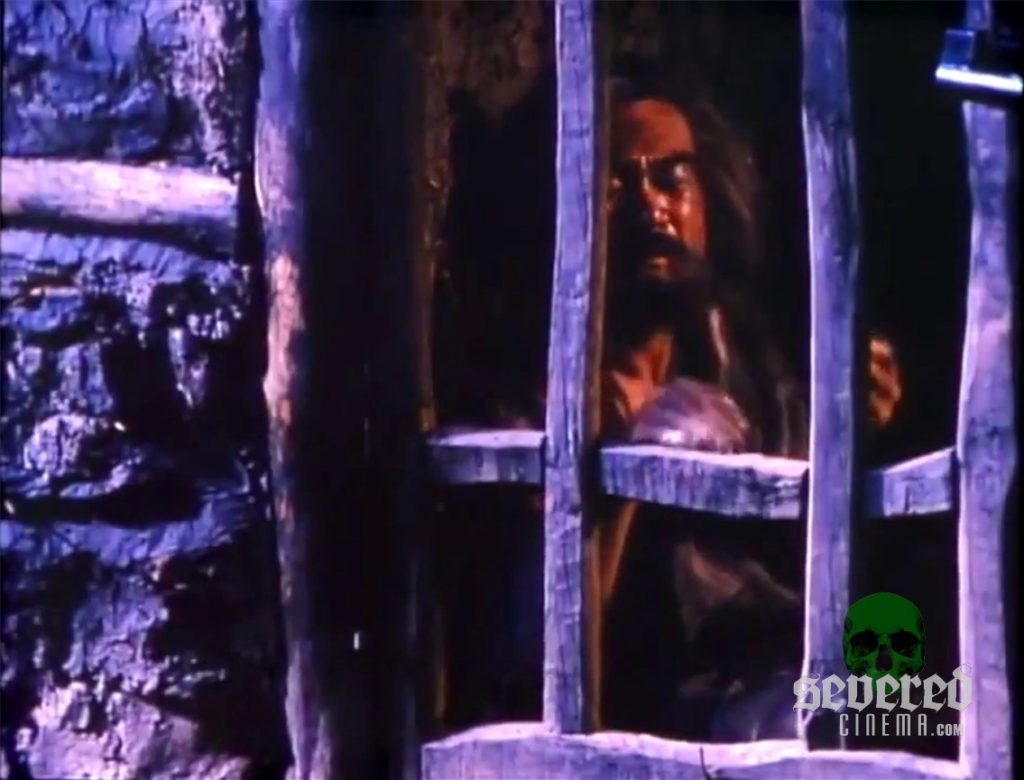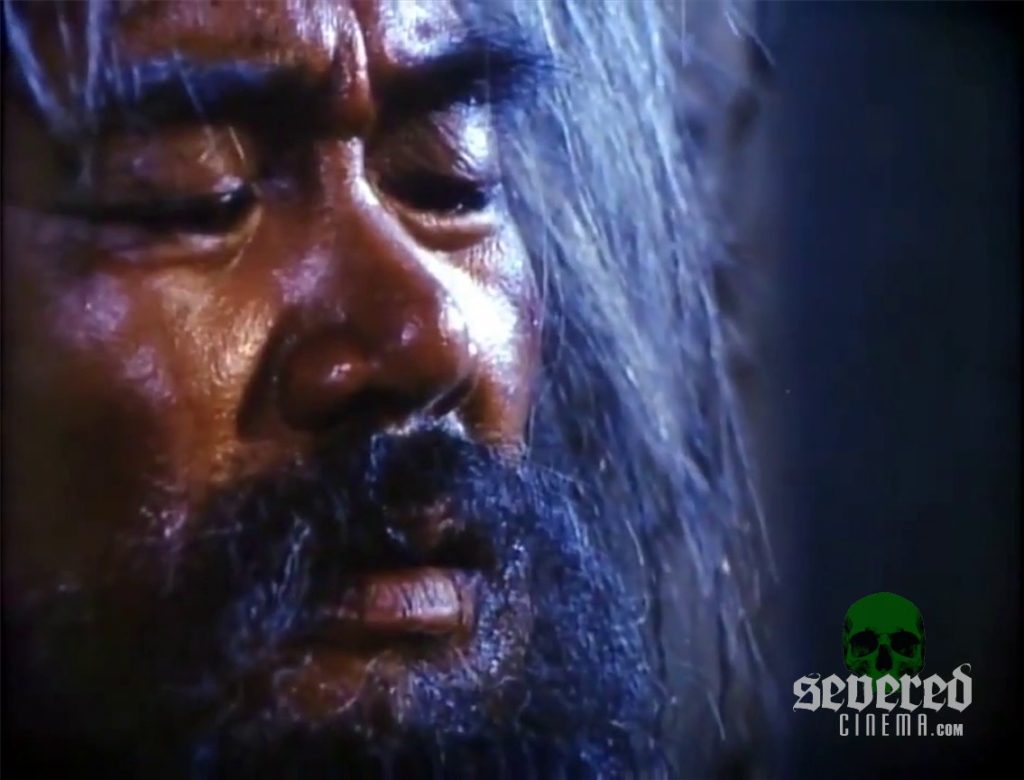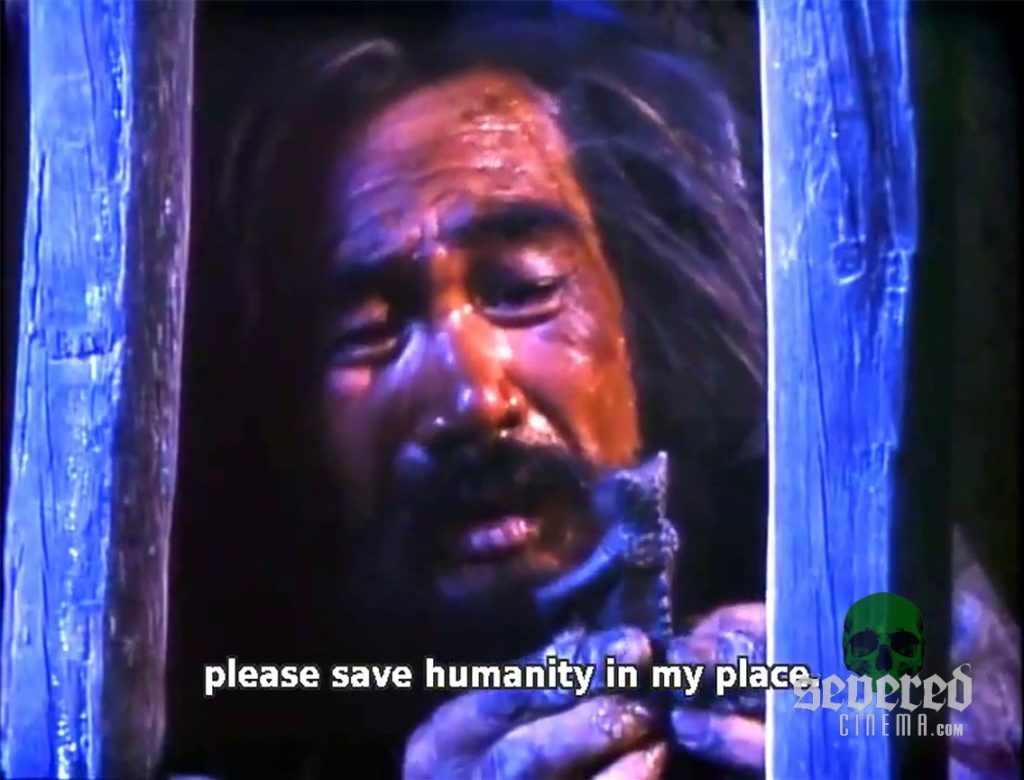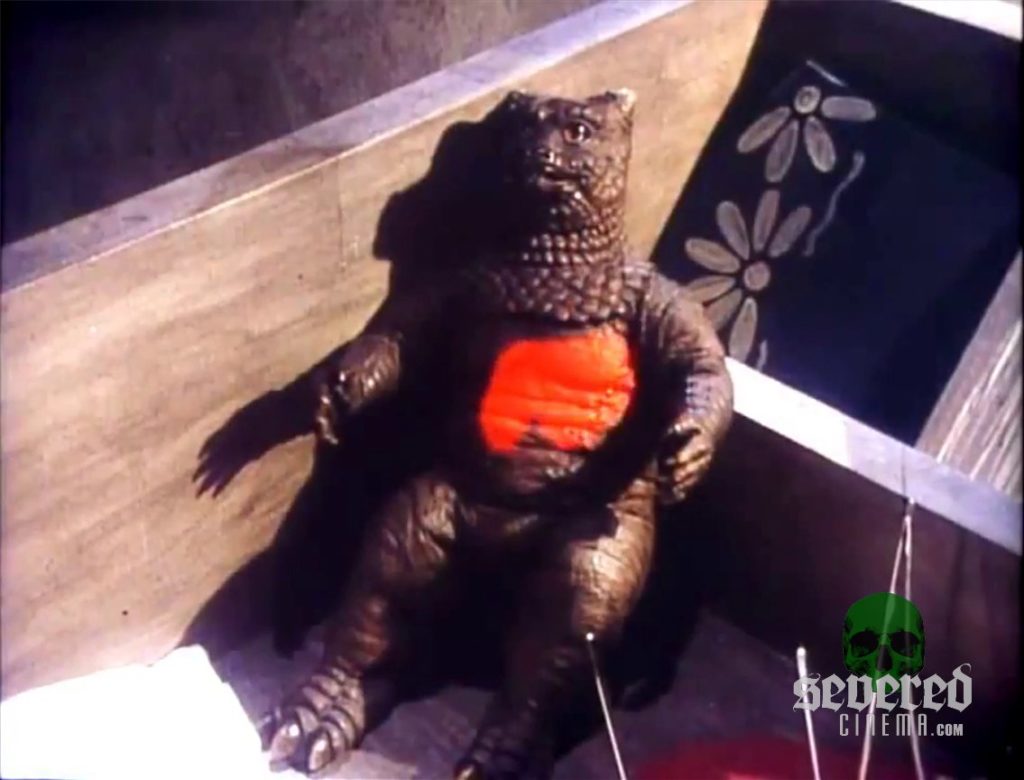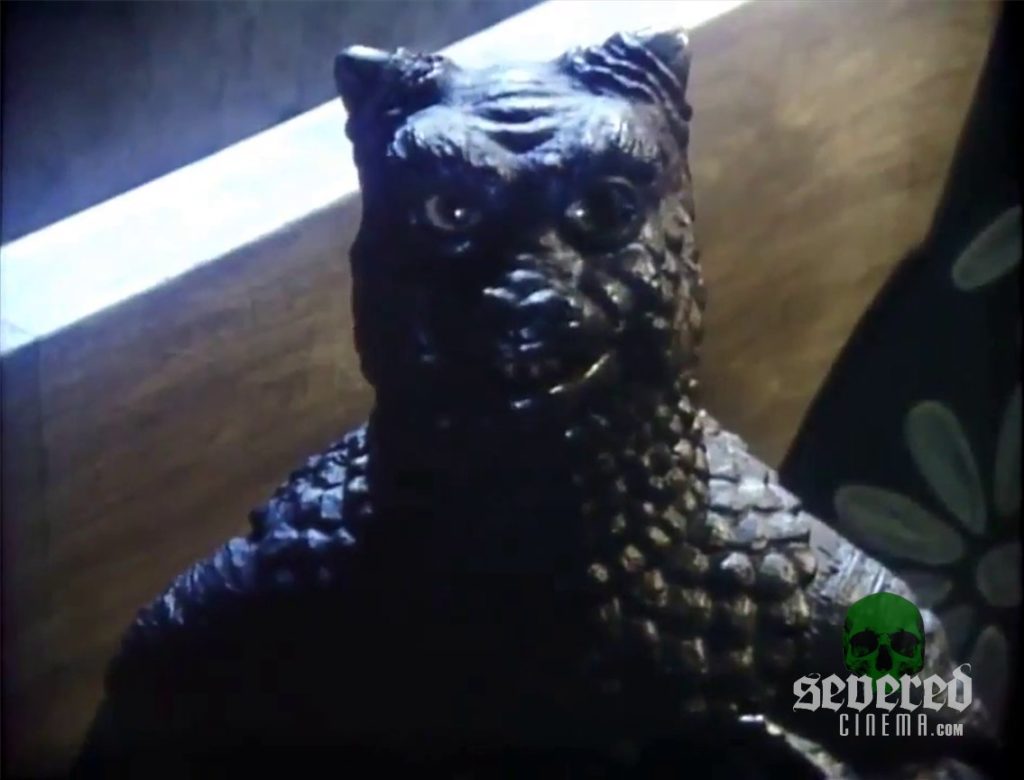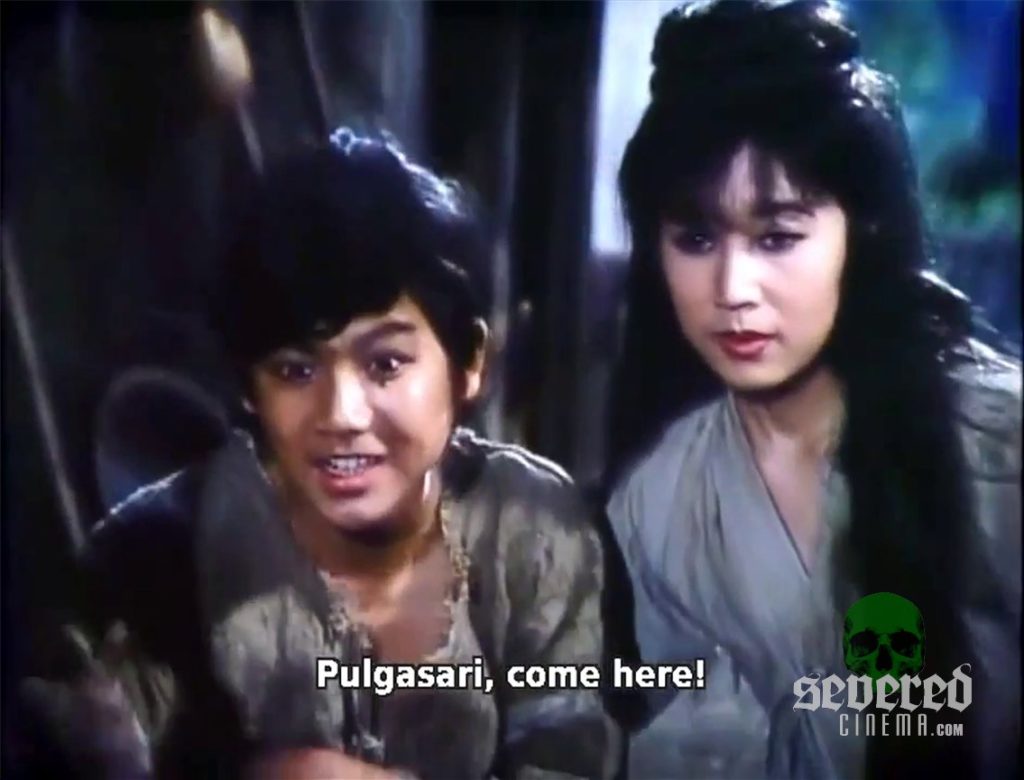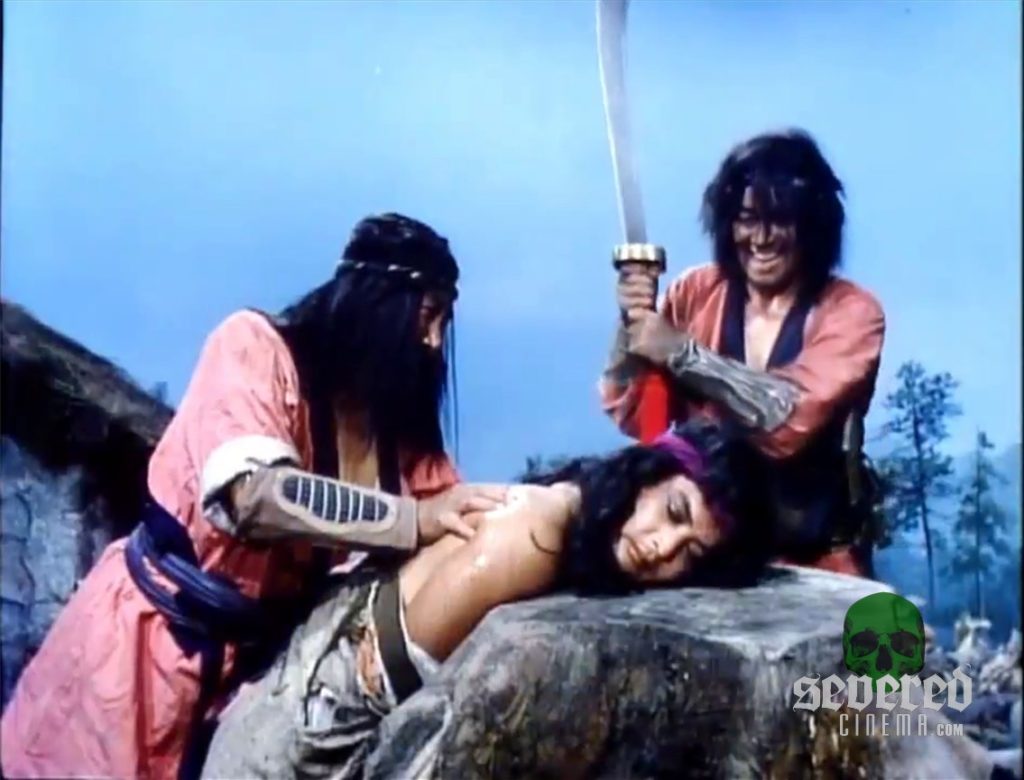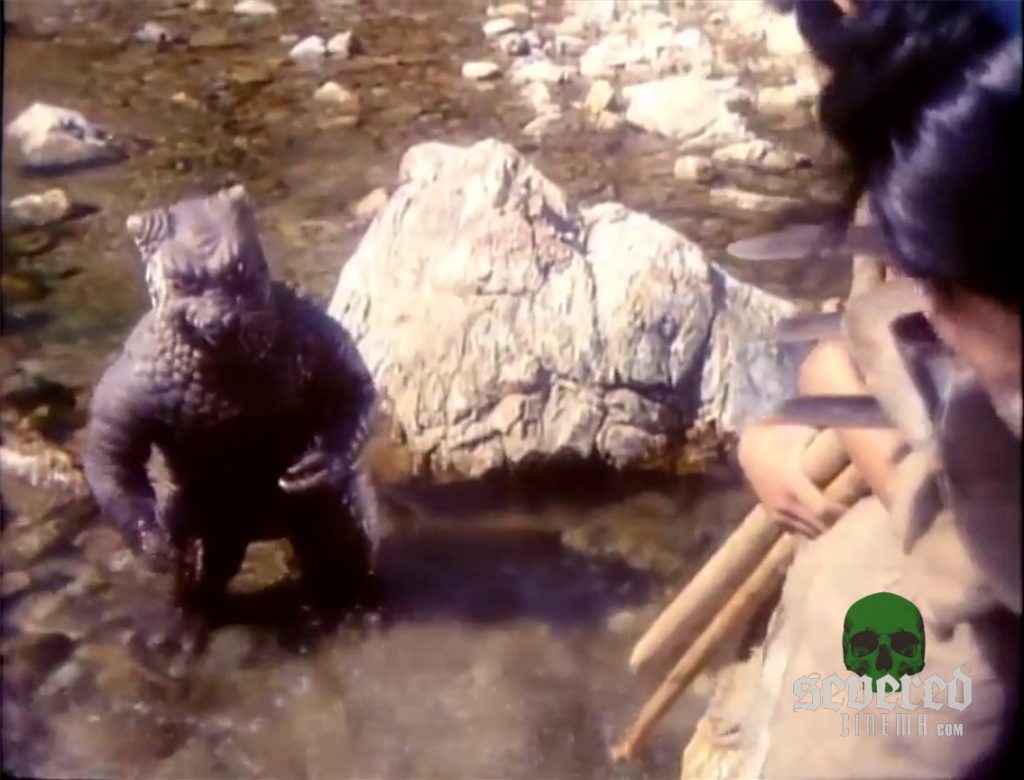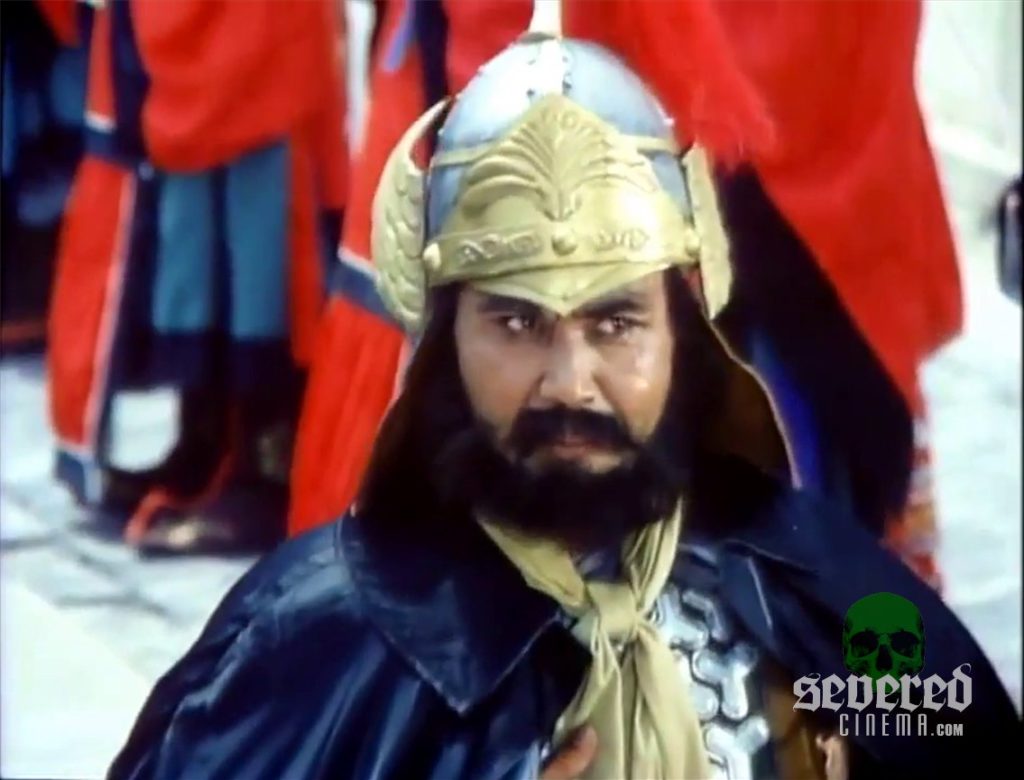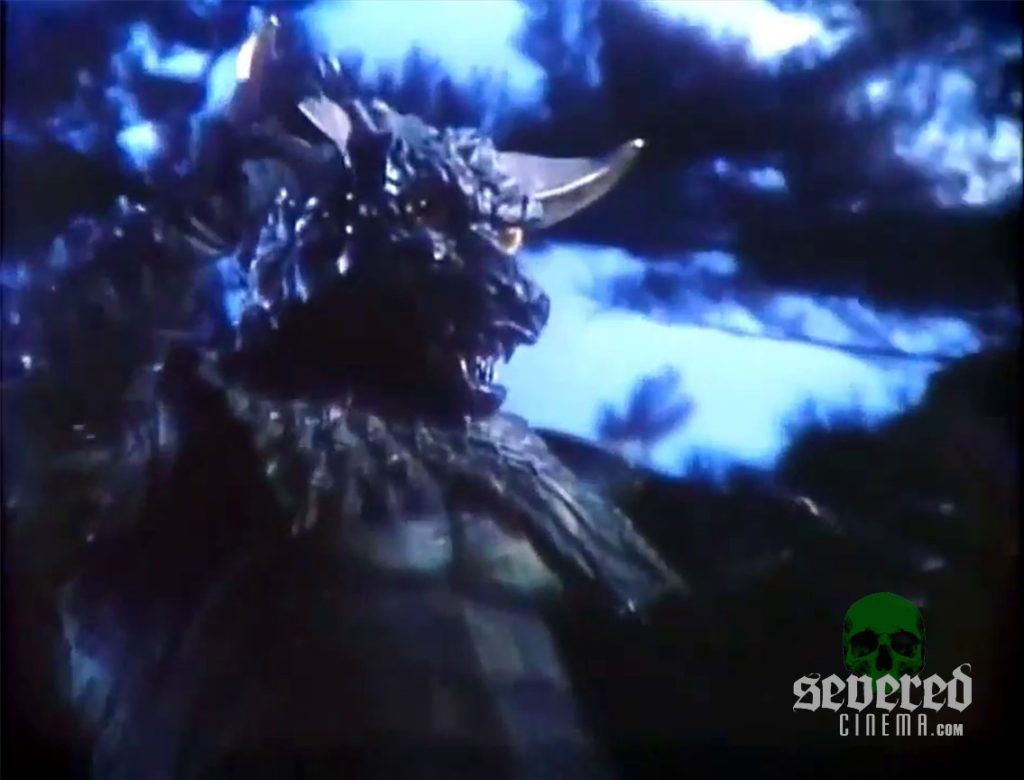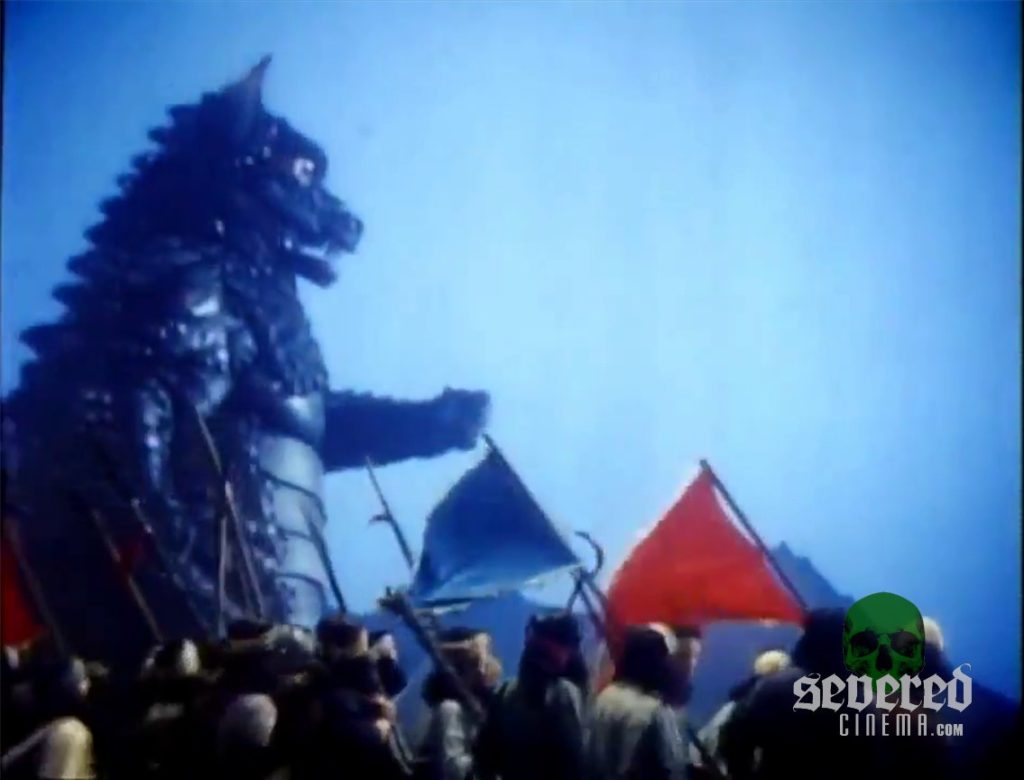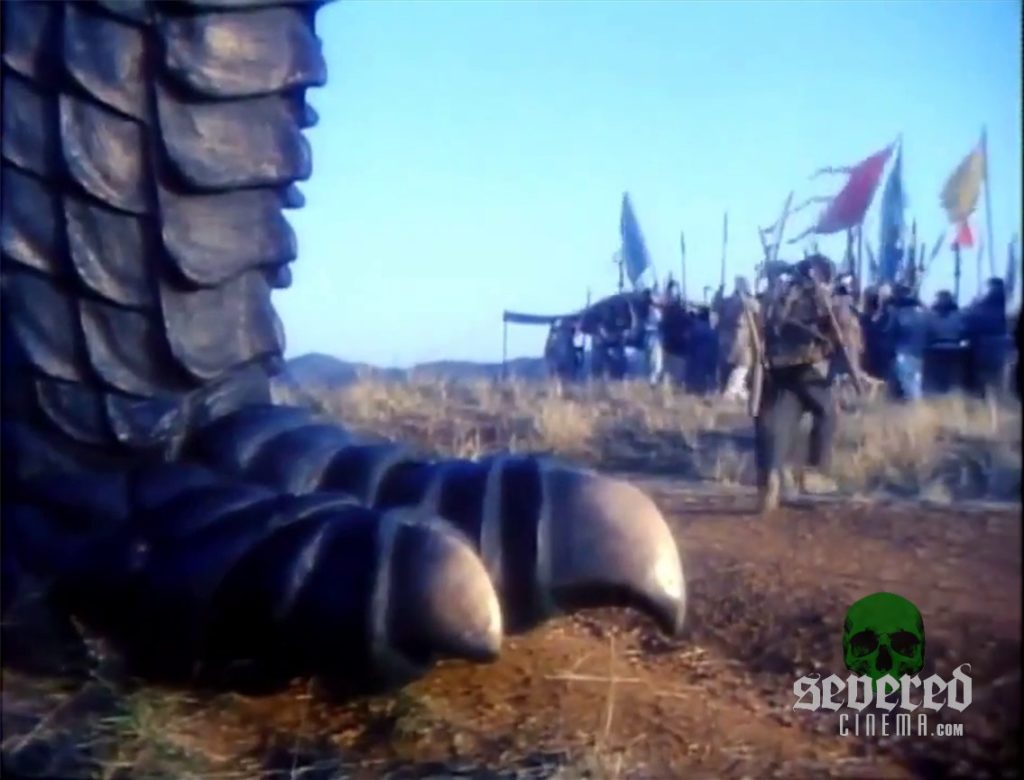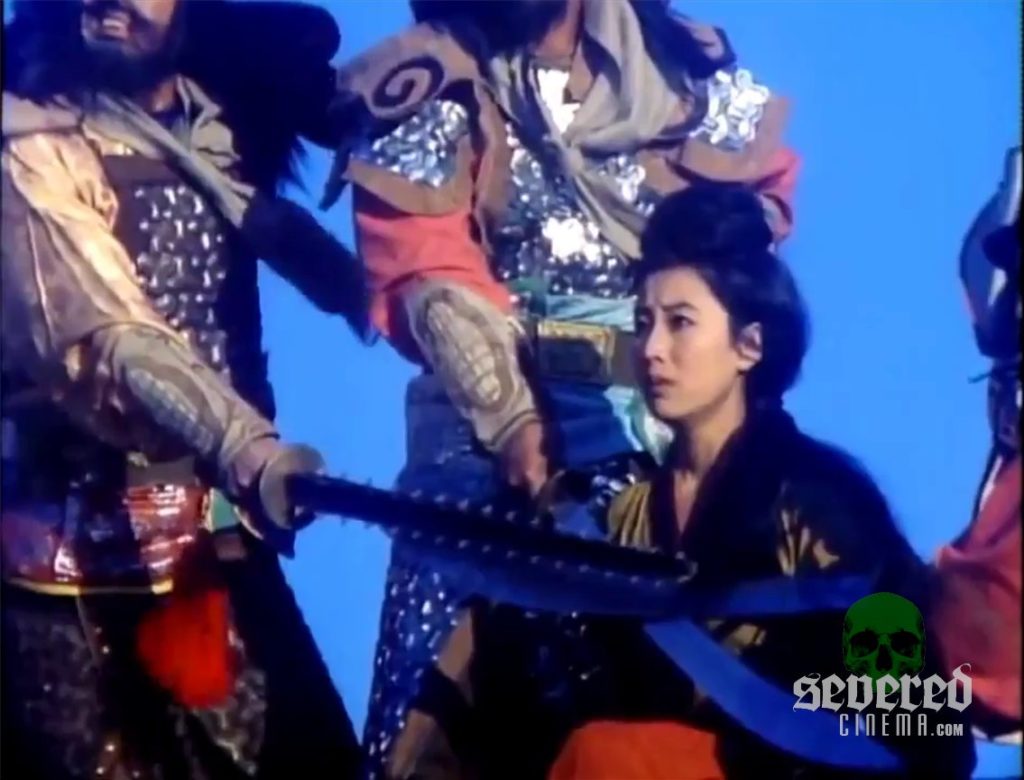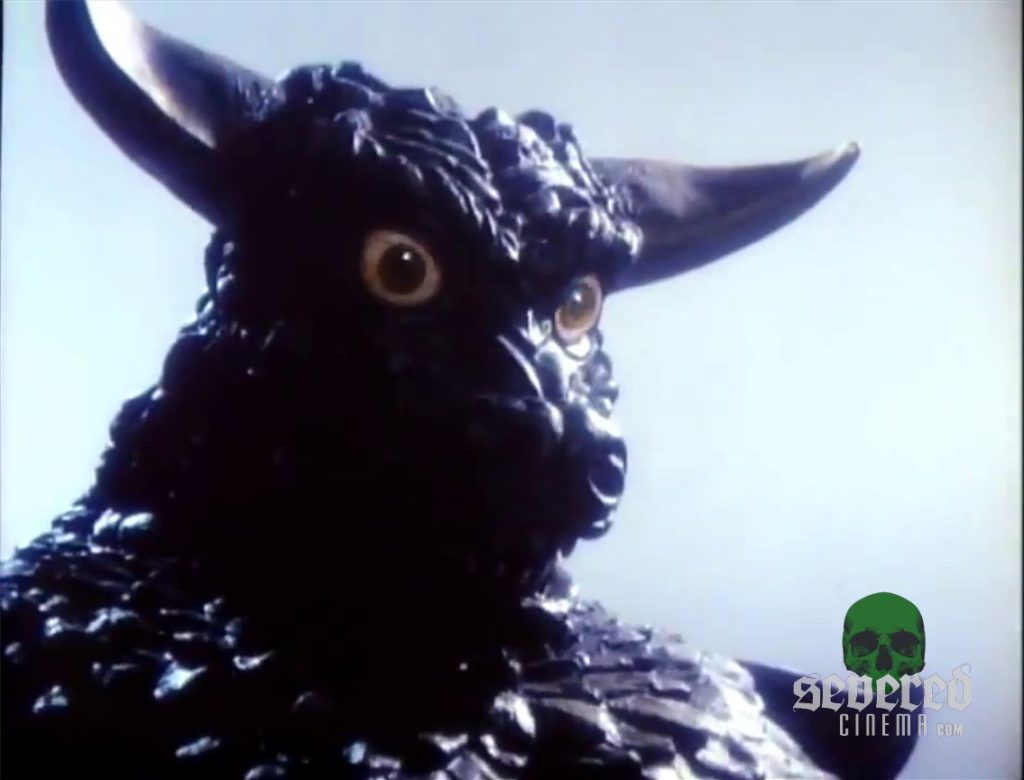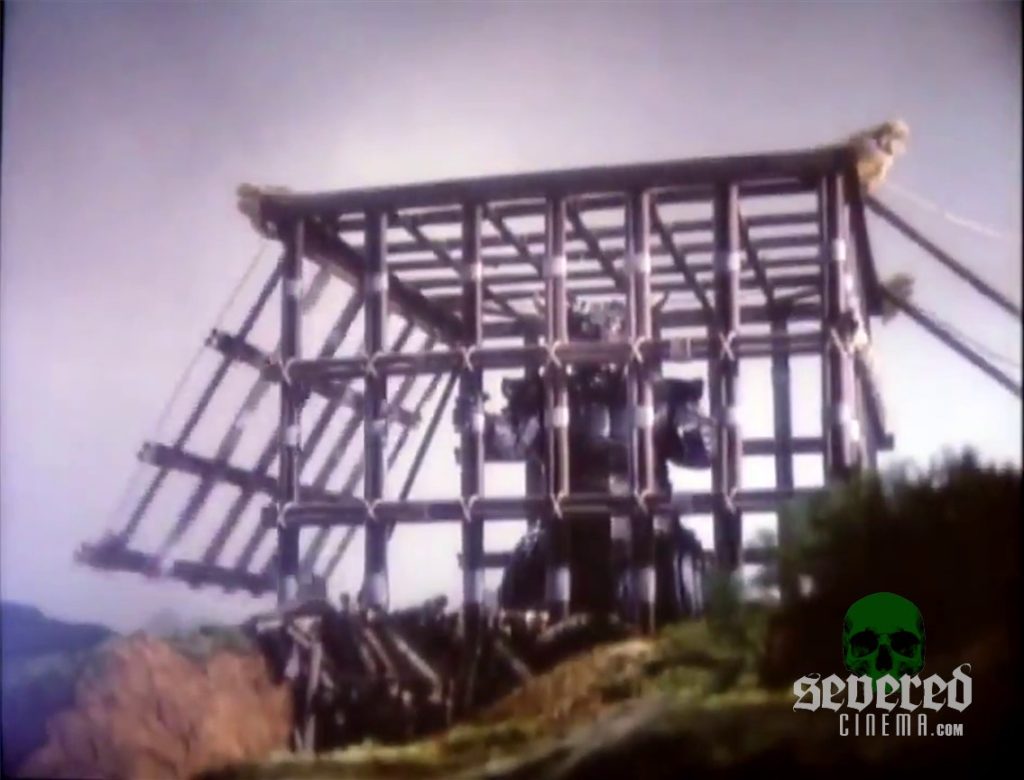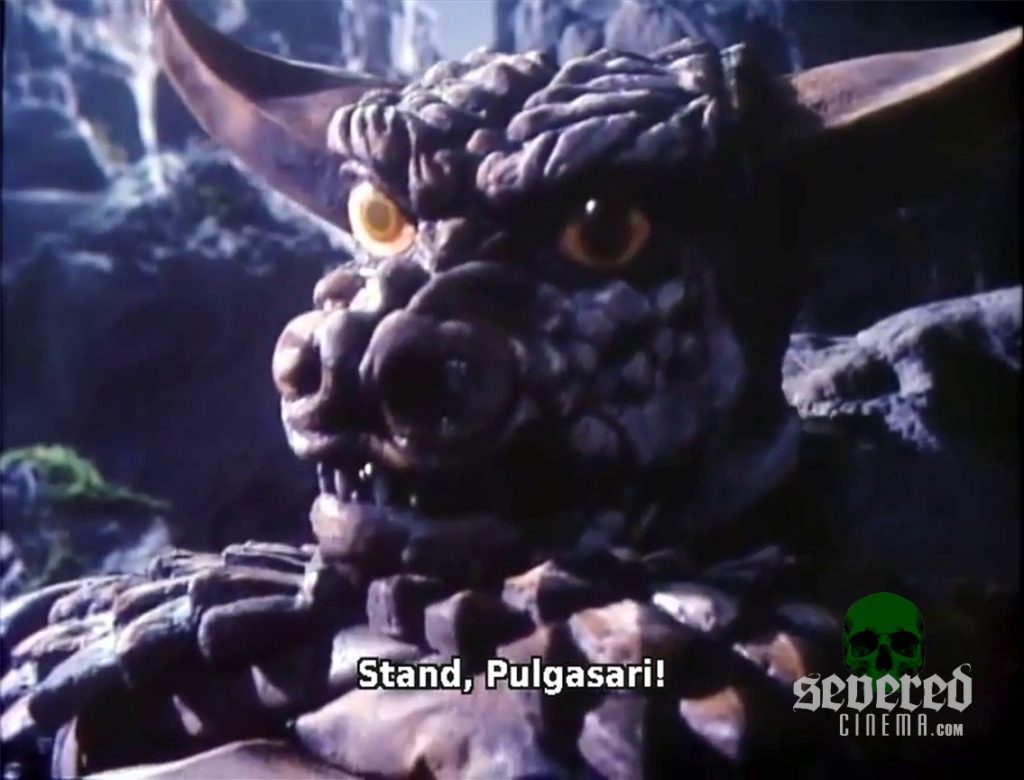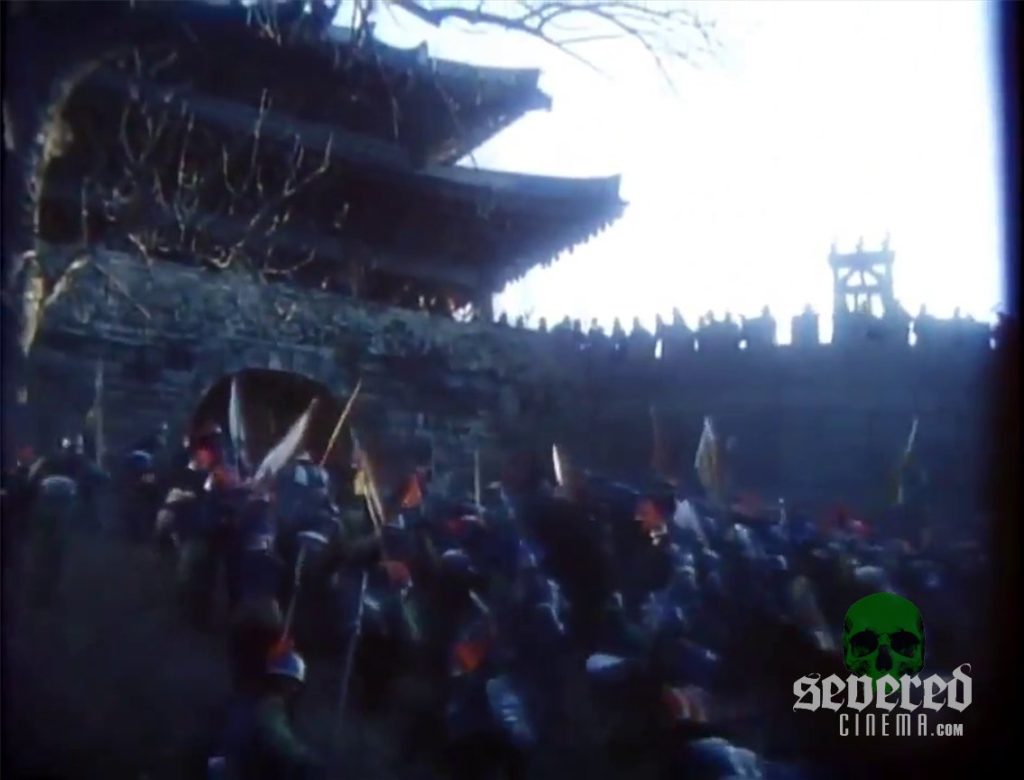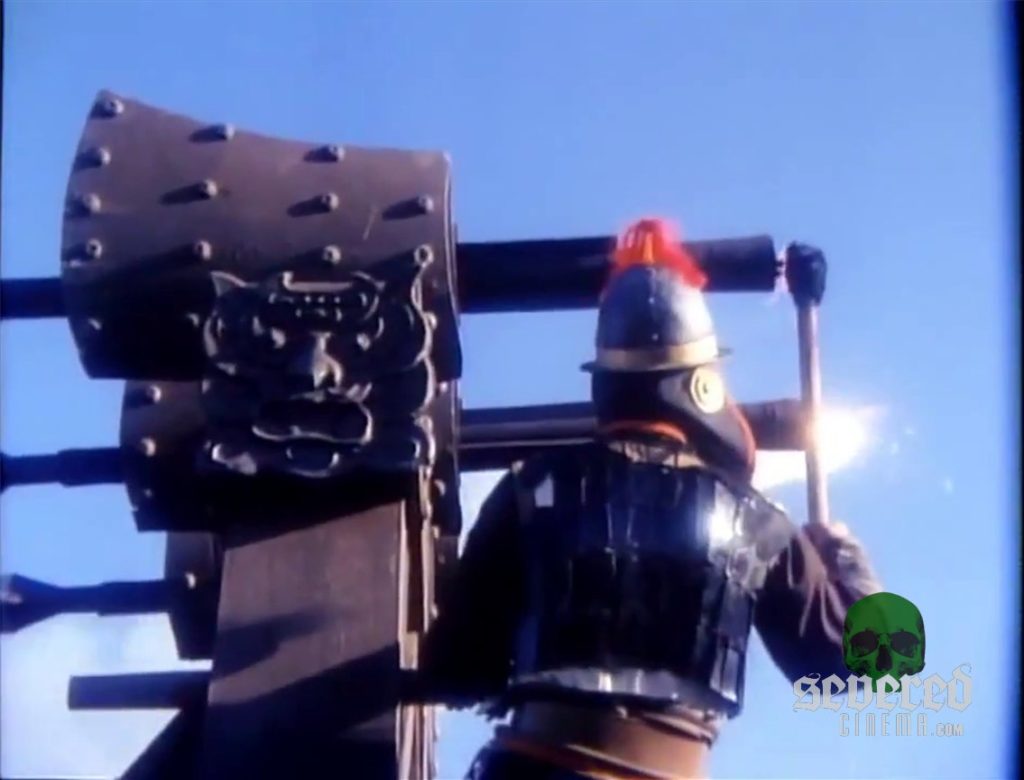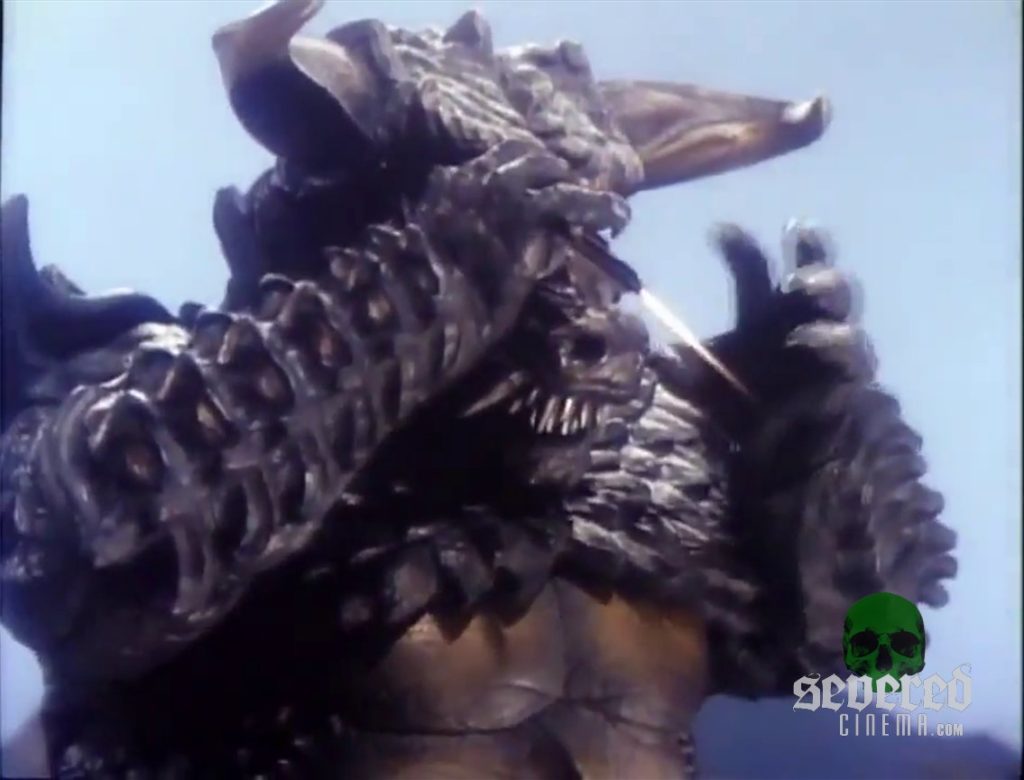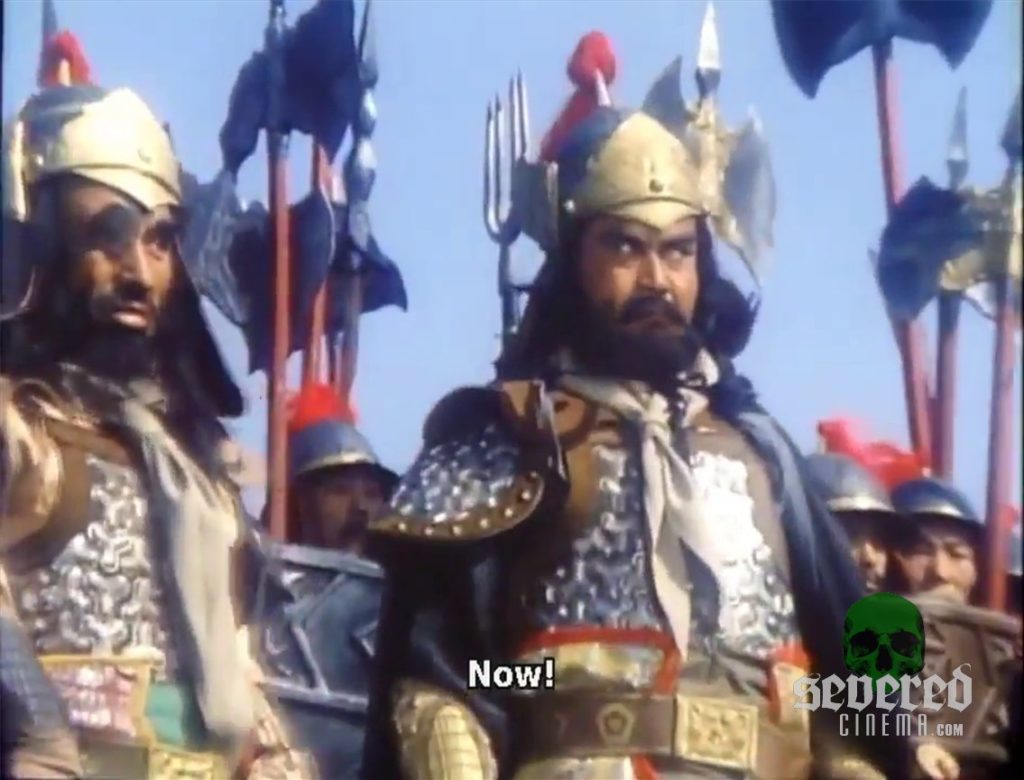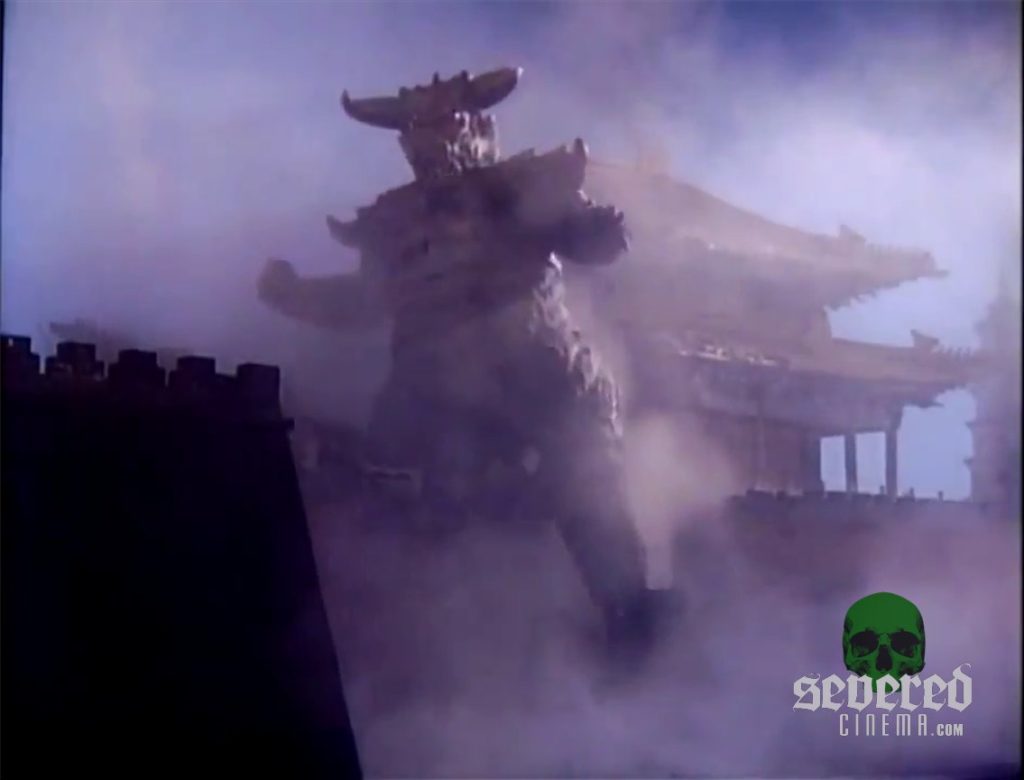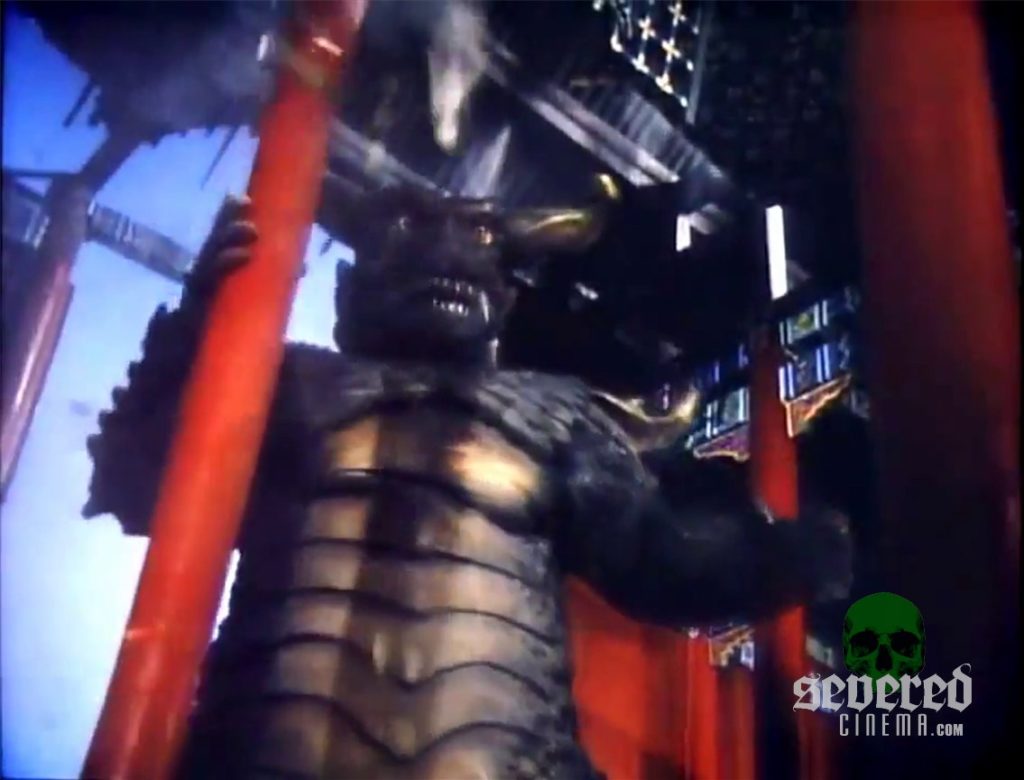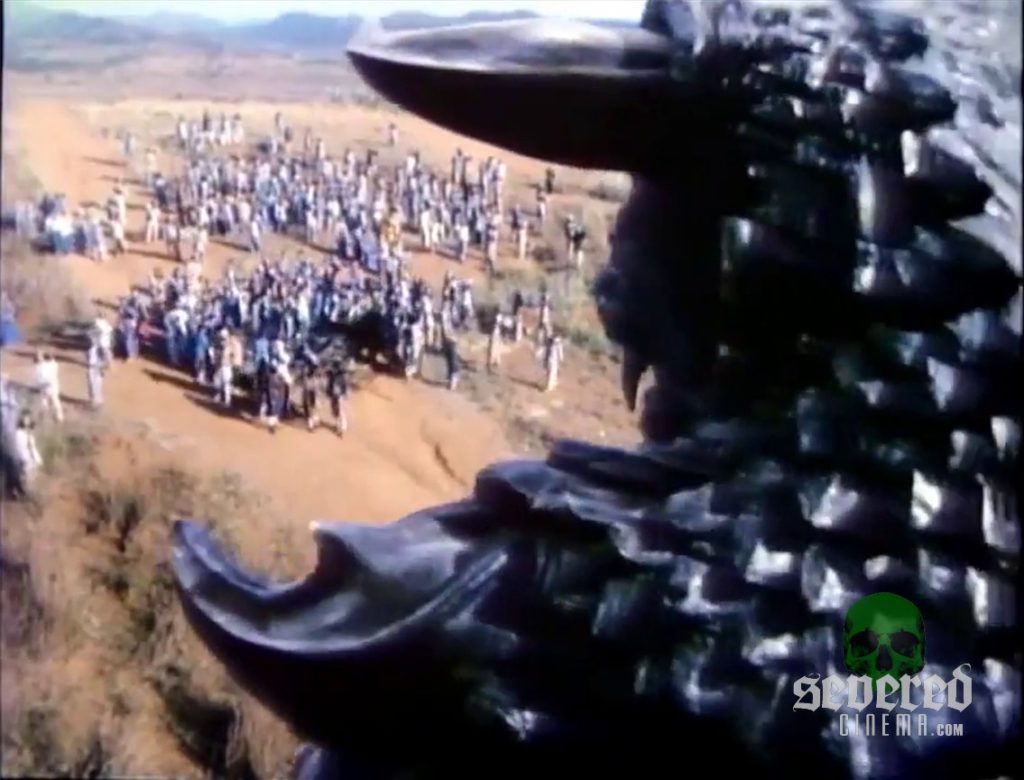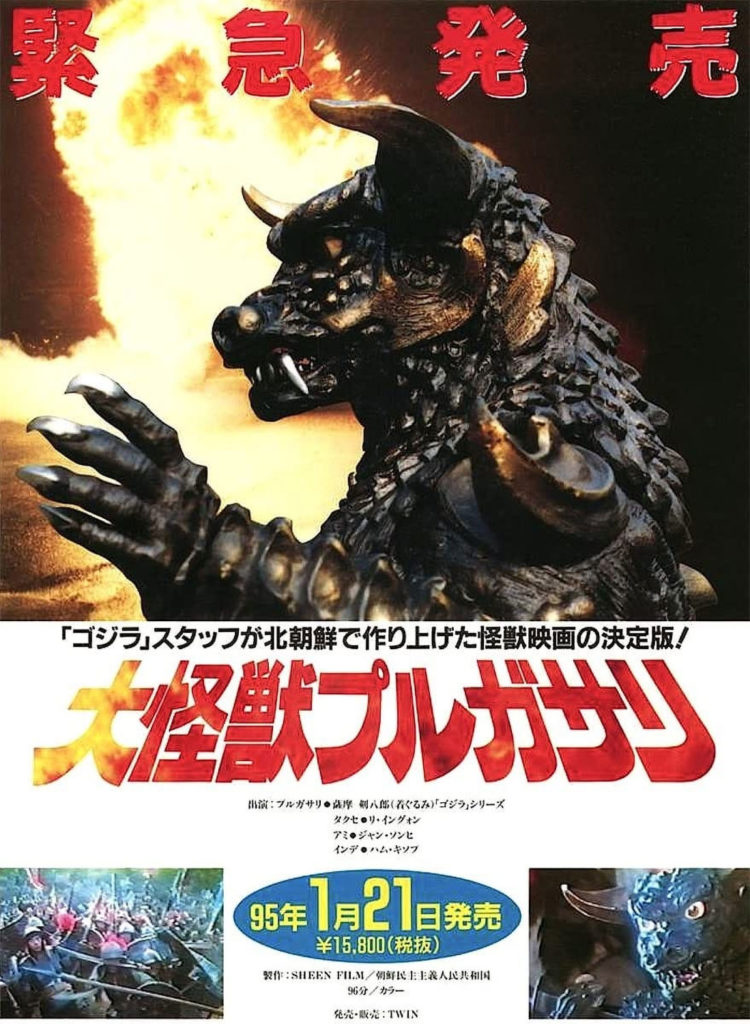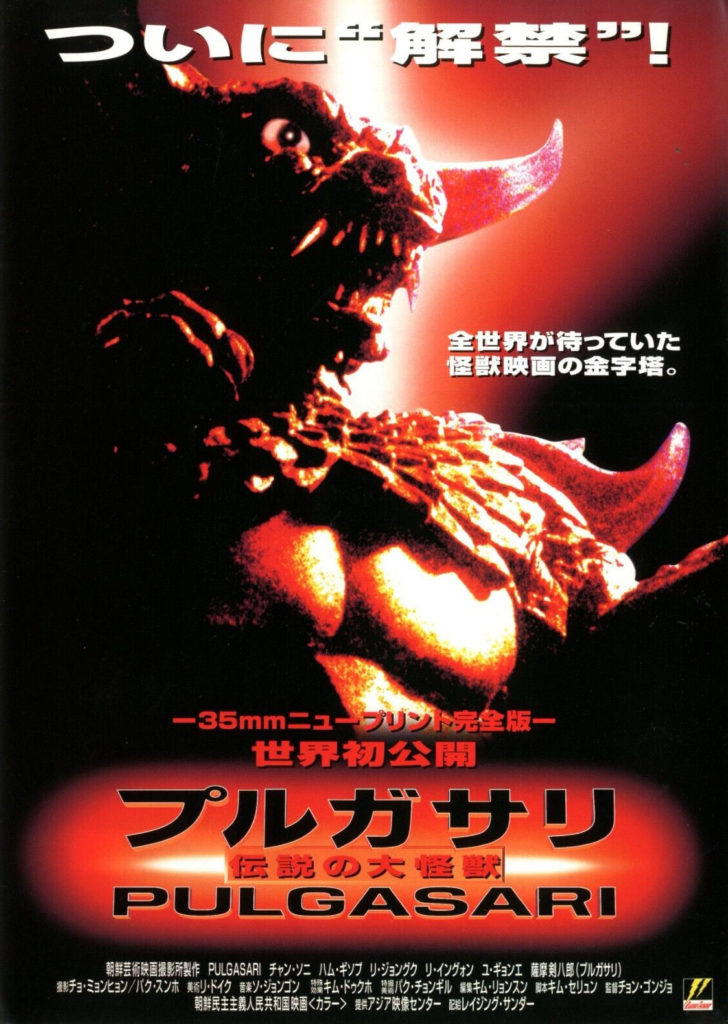The Forbidden Reel: Unmasking North Korea’s Cinematic Secrets with ‘Pulgasari’ – A Kaiju Tale of Artistic Defiance!
North Korea is a country that’s pretty much blocked off from the rest of the world. The only glimpses we get to see are what it’s familial line of dictators want us to see. It’s easy to see why that is, since many who have been held hostage by the country’s government have a variety of horror stories about their time there, provided they survive to recount their tales. Even though it’s described as the Democratic People’s Republic of Korea, it’s far from a democracy as the people living there live in squalor and are often killed just for remotely speaking up about how they are treated.
The current climate of the country (as well as its long history) very much depends on the long-term effects of the Cold War. For those who don’t know (I doubt many don’t), the Cold War was spurred after the end of World War II. The United States began having a proverbial dick swinging contest with the then Soviet Union by having a constantly escalating arms race. Korea had been invaded by Japanese forces, but the US dropped nuclear bombs on Hiroshima and Nagasaki. When many countries involved in the war were attempting to gain access to nuclear weapons, the US were just able to successfully get to it first bringing the hellacious war to an end. That’s when communism and the red scare (being the Soviet Union) were the next targets of the United States. Of course, this is a horrific simplification of the Cold War as it had many moving parts, but what needs to be addressed is the fight against communism.
The war between North and South Korea is one that has persisted intermittently for decades, whether it be active troops engagements or just the Cold War dynamic, simply having a vehement animosity between the two nations. So once again, drastically simplify things, the Korean War started in 1950 and ended in 1953 after South Korea had American troops helped combat the invading North. Technically the war wouldn’t end until 2018 as no peace treaty was ever signed but the conflict reached a stalemate with little to no progress or movement on either side. What does all this bullshit have to do with a kaiju film? Well, quite a bit actually.
The Kim Dynasty has ruled over the land for decades with three generations of the family being leaders. Kim Il Sung, Kim Jong Il, and Kim Jong Un, have all had a stranglehold on North Korea from 1948 to present day. The Korean War would help establish North and South Korea as their own separate entities, with South Korea being a democratic republic and North Korea being a totalitarian dictatorship.
South Korea today is renowned for its work in the film industry with films such as Oldboy, I Saw the Devil, Parasite, Train to Busan, The Handmaiden, The Wailing, and many more. North Korea on the other hand has a film industry itself that is rarely seen outside of its own country and in many cases the public are forced to watch said movies. North Korean films are most of the time some form of propaganda pieces enforced by the Kim family regime. Funny enough though, Kim Jong Il was a massive film fan, and would watch tons of them himself, including films from South Korea. This is assumingly when he became familiar with the work of Shin Sang-Ok.
Shin Sang-Ok was one of the most prolific and influential directors in South Korea from the late fifties to the seventies. Throughout his long career he directed anywhere from 63 to 70 films, many featuring his wife at the time, Choi Eun-hee. Shin and Choi would have a divorce in 1976 but would remain on good terms. However, Choi’s career would hit a bit of a downward slope so he relocated to Hong Kong to work in films there after being given an opportunity she couldn’t turn down. This wouldn’t be the chance to boost her career like she had hoped, and she went missing in 1978. Shin, hearing about his ex-wife’s disappearance became worried for her wellbeing and began looking for her where he himself would go missing as well. Shin and Choi had been abducted by North Korean officials on the orders of none other than Kim Jong Il.
Kim had abducted the pair in order to better the film industry in North Korea, since he believed that the country’s film output wasn’t up to his expectations. It is believed that many previous directors of North Korean cinema had been executed if a film wasn’t up to snuff with Kim’s liking. So being not only pushed to the task of directing films for the country, but being forced to do so, assuming they knew the circumstances of their situation, the pressure was on, and the worst-case scenario was literally death. Eventually Shin would direct his first film for the North Korean government in 1983, with the very last film they directed for them being Pulgasari in 1986. Overall, Shin would direct seven films in North Korea, those being Runaway, Love, Love, My Love, The Tale of Shim Cheong, Salt, One Second for a Feat, The Avenger with a Flute, and Pulgasari of course.
Something to keep in mind is that while Shin and Choi were held captive in North Korea, South Korea was made unaware that they were kidnapped. How is this? Well, they were forced to make statements of how they preferred living in North Korea and wanted to improve their film industry. The two then were seen as pariahs or simply put, were outright traitors to their home country. That’s a matter of opinion that persists to this day by many. They had to act as though this was on their own volition, from them being there and the fact that they remarried was also by their own choice, which of course was not the case. Kim had forced them to remarry as well as make films for him. The story of Shin Sang-ok and Choi Eun-hee is beyond a fascinating one, but it’s a story of many moving parts. From their kidnappings to the movies themselves, to the fact (for which I’ll get into later) they were able to get Kenpachirō Satsuma, the man who donned the Godzilla suit in so many movies to star as Pulgasari. You peel back the layers and you just get more and more information that is just beyond mind-blowing.
Finally, let’s get to Pulgasari itself, the reason you’re reading this to begin with. To the surprise of probably no one, the film’s plot is quite complex as it takes place in feudal times during the Goreyo Dynasty to be exact. A vicious and heartless king rules over the land forcing the people to be subjected to cruel treatment and extreme poverty. An imprisoned blacksmith creates a mini monster statue out of rice and prays that his creation will come alive and help overthrow the regime. He subsequently died afterwards but the blood of his daughter contacts the statue, bringing Pulgasari to life as the same size of her father’s creation. To grow, Pulgasari craves iron, and after being fed iron on various occasions he grows more and more. He eventually becoming human sized and then of course transforming into the kaiju beast his creator intended. As this is occurring the townspeople become restless and form armies and militias to take out the king’s army. With the assistance of Pulgasari they can do just that, and the people are now free from their oppressive overlord (well at least that’s what they think as a new oppressor arises in that in their ally Pulgasari). The beast still craves steel and iron and eventually eats all their farm equipment forcing the people back into poverty. The blacksmith’s daughter soon realizes that there is absolutely nothing they can do to satisfy Pulgasari’s hunger and the only way out of this predicament is to sacrifice herself. She hides within a gigantic bell for which Pulgasari eats. He soon realizes what has happened, that the one who brought him to life is now dead by his insatiable hunger causing him to crumble into rock and dust. The blacksmith’s daughter sacrificed herself to save the people from further suffering and oppression.
The film is ironically beautiful in its premise and execution, especially knowing the circumstances surrounding its creation. Though it’s unknown whether this is intentional or not, some believe that the film is actually anti-North Korean in nature even though it was literally made there and produced by Kim Jong-Il himself. You can easily see the characters of the king and or Pulgasari as the Kim Dynasty itself. As I said that is mere speculation, but if that’s the case Shin Sang-ok is one of the ballsiest people to ever live. The production of the film is insane as Shin or Kim himself was able to get Toho involved with the film’s special effects and of course by getting Kenpachirō Satsuma to play Pulgasari. Apparently, this was due to the studio thinking the production was going to be filmed in China but of course that wasn’t the case. As an interesting factoid, Kenpachirō said he preferred Pulgasari over working on Godzilla, well at least the ones made through TriStar.
To conclude the saga of Pulgasari we must go to the end of the story, that being the terrifying and harrowing escape Shin and Choi made from North Korean officials. The two were allowed to attend a film festival in Vienna that was to screen Pulgasari and the two made a break for it and ran away. They were pursued by North Korean authorities before they reached the US embassy within Vienna and were granted political asylum. Who knows exactly what would have happened if they didn’t reach the embassy in time. A lifetime behind bars? Or was an execution in their future? Either way, the fact that they were able to escape at all is a miracle. Shin Sang-ok would go on to direct many more movies including some in the United States. In a twist of irony, he would be involved in a remake of Pulgasari in America called Galgameth. Shin and Choi would come home to South Korea for which they would be able to live out the rest of their lives. Shin passed away in 2006 at the age of 71, and Choi would pass away in 2018 at the age of 91. In the US Pulgasari is considered to be in the public domain, and apparently is completely disowned by North Korea, to the surprise, yet again, of no one.
What do I think of the movie itself, with the film’s history and production pushed to the side? I think this is a great film. I see it as much of a political satire of Kim Jong-Il and his family as I see it as a badass and touching kaiju film. There are definitely correlations you could make between it and Damajin, which came out beforehand. Both tell great stories of corrupt leaders getting their comeuppance at the hands of giant fucking monsters and that’s great. Of course, Pulgasari is an entity of itself, being that it was made under the worst of circumstances for Shin and company. I’ve seen many say it’s just a rip-off of Godzilla and you could easily see that opinion being from those who don’t understand the kaiju sub-genre. Many films have been made before and after Godzilla — it just so happens that Godzilla is the king of the monsters. Gamera, Gorgo, Daimajin, and of course Pulgasari are all awesome monsters. It just so happens that Pulgasari has the most insane backstory of them all. Hell, I’d go out on a limb and say it has one of the most mind-blowing backstories in film history.
AKA: 불가사리, Purugasari: Densetsu no daikaiju, Purugasari: Densetsu no daikaiju, Bulgasari
Directed by: Shin Sang-ok
Written by: Se Ryun Kim
Produced by: Jong-Il Kim
Cinematography by: Kenichi Eguchi, Cho Myong Hyon, Sung Ho Pak
Editing by: Ryon Sun Kim
Music by: Jong Gon So
Special Effects by: Teruyoshi Nakano
Cast: Son Hui Chang, Ham Gi Sop, Jong-uk Ri, Gwon Ri, Gyong-ae Yu, Kenpachirô Satsuma
Year: 1985
Country: North Korea
Language: Korean (English Subtitles)
Colour: Colour
Runtime: 1h 35min
Studio: Shin Film Productions
Distributor: Korean Film Studio
